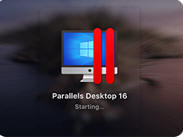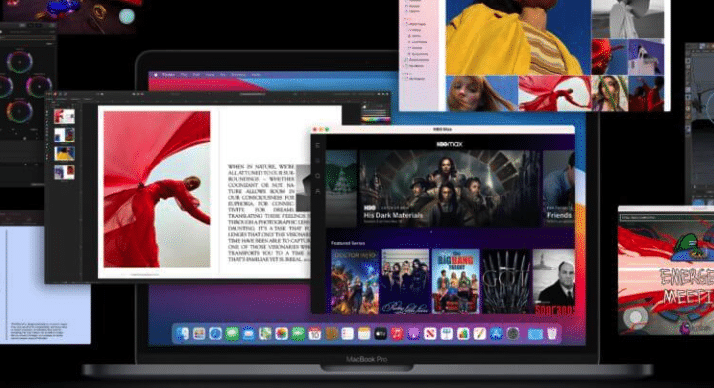

- #Virtualbox m1 mac support install#
- #Virtualbox m1 mac support Patch#
- #Virtualbox m1 mac support for windows 10#
- #Virtualbox m1 mac support software#
- #Virtualbox m1 mac support iso#

Factors such as free disk space and computer account privileges can potentially result in this process taking additional time.
#Virtualbox m1 mac support install#
There are many factors which can influence the amount of time required to install a virtual machine. Technical issues and resource limitations can prevent this process from being successful.
#Virtualbox m1 mac support Patch#
This will patch Windows 10 and other Microsoft software, like Office 365, to ensure everything is up to date.Īdding a virtual machine to a computer is a complex, intensive process. Office 365 includes applications like Access, Excel and Word.

#Virtualbox m1 mac support software#
The VirtualBox software that allows for the creation of a virtual machine (VM) on a mac.

You may have joy emulating some of the settings provided in ready-to-run UTM gallery VMs, as per the section above. If you encounter problems you may want to change “System” type on the “System” tab, and check “Show Advanced Settings” to see even more options you can change.
#Virtualbox m1 mac support iso#
Click on the “CD/DVD” drop-down box and locate the Linux ISO you would like to boot.įinally hit the “Play” button to start your virtual machine and wait for Linux to load. As an example, we were able to get x86-64 Puppy Linux 9.5 to boot up to the point where the X window manager is launched, at which point it would (seemingly) hang.Ĭonfirm that your removable USB drive is at the top of the list (if it isn’t, click the “up” arrow to move it above your installation drive so that the VM looks for your virtual USB drive before your empty virtual hard drive.Ĭlick the “Save” button and highlight the machine you just made. You can also create your own VM, but be prepared to do some troubleshooting to get everything working. Creating Your Own Virtual Machine With UTM Note: If you receive an error like “Number of SMP CPUs requested (10) exceeds max CPUs supported by machine ‘mach-virt’ (8)” right click on your VM, and select “Edit”, then head to “System” and check “Show Advanced Settings” then under “CPU Cores” enter 8 (or whatever the “max” is quoted as in the error). In our testing the x86-64 version of Ubuntu ran at a glacial pace, even on an M1 Max processor. We strongly recommend ARM64 images for performance reasons. In the case of Linux, all you have to do is click the “play” button and your VM will begin. Select the UTM file you downloaded and it will be imported. Click “Download” to save the configuration to disk, then open UTM and click File > Import Virtual Machine. Simply head to the Gallery page and select the VM you would like to install.
#Virtualbox m1 mac support for windows 10#
You can also use this Gallery feature to download ready-to-run VMs for Windows 10 and 11, Windows XP, and macOS 9 but you’ll need to provide your own disk images. This is by far the easiest route to take, with support for some popular distros like Arch Linux (ARM), Debian (ARM), Ubuntu (x86-64 and ARM).įor Linux and similar open source projects, the VM downloads are provided with everything you need including the disk image required to run the operating system. UTM provides some ready-made VMs that you can download and install, which lets you hit the ground running and not worry about configuring your own machine. It’s up to you what you choose, but you’ll need to match your version to your system architecture in the instructions below. Note: You can use UTM to run ARM64 versions of Linux at “near native” speeds, while lower performance emulation can be achieved in 32-bit and 64-bit x86 versions. To get started, download UTM and a Linux distribution of your choosing, then get started on creating a virtual machine with UTM. You can use this app to emulate a large number of processor architectures, including x86-64 (“proper” desktop Linux) as well as ARM and PowerPC.


 0 kommentar(er)
0 kommentar(er)
